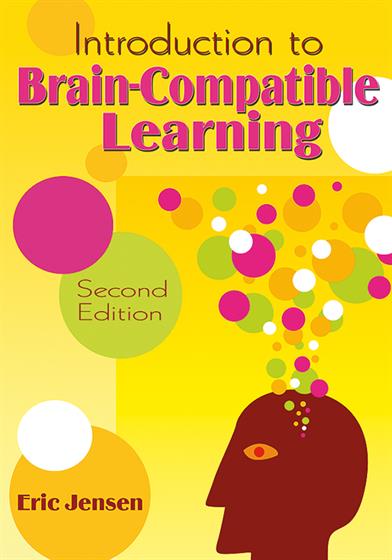Hands-on, Practical Guidance for Educators
From math,
literacy, science, equity, multilingual learners, and SEL, to assessment, school counseling,
and education leadership, our books are research-based and authored by experts
on topics most relevant to what educators are facing today.

Introduction to Brain-Compatible Learning
Harness the transformative power of brain-based learning!
Thoroughly updated and revised, this best-selling book by brain expert Eric Jensen covers the most recent research on how the brain learns—from the parts of the brain, to what constilutes solid brain research, to types of activities that can build retention, and the differences between boys' and girls' brains. Ideal for educators new to the concepts of brain-compatible learning, this second edition is organized into three accessible units and includes:
- A brain glossary, from acetycholine to Wernicke's area
- Brain-compatible activities to enhance readers' retention
- Additional resources on brain-compatible learning
- Grade Level: K-12
- ISBN: 9781412954181
- Published By: Corwin
- Year: 2007
- Page Count: 136
- Publication date: July 15, 2007

